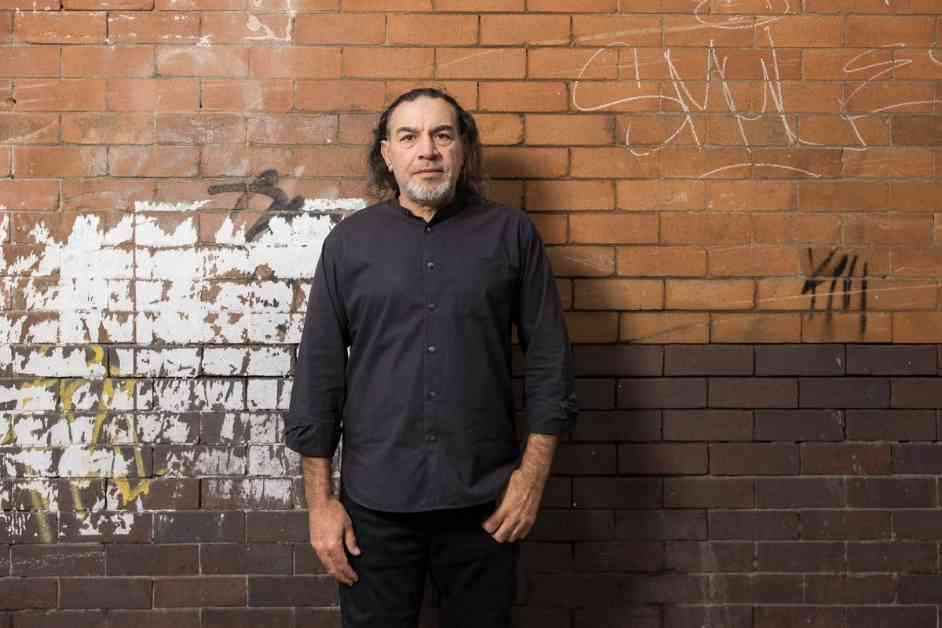Renowned Artist Khaled Sabsabi Ousted as Australia’s Venice Biennale Representative
In a surprising turn of events, acclaimed artist Khaled Sabsabi has been removed as Australia’s representative for the prestigious 2026 Venice Biennale. The decision, announced by Creative Australia’s chair Robert Morgan and executive director Adrian Collette in an all-staff meeting, has sparked a wave of controversy within the international art community.
A petition signed by thousands of artists clamoring for Sabsabi’s reinstatement, alongside curator Michael Dagostino, has been gaining traction since their nominations were abruptly revoked on February 13. The controversy was ignited by a scathing critique of Sabsabi’s 2007 video installation, “You,” which features the late Hezbollah leader Hassan Nasrallah, published in the Australian newspaper. The piece branded Sabsabi’s selection as a representation of Australia at the esteemed exhibition as a “creative form of racism.”
Sabsabi’s artistic journey is deeply intertwined with his personal history, having fled Tripoli in 1978 amidst Lebanon’s civil war. Themes of Islam, Arab identity, and stereotypes, particularly within an Australian context, are recurrent in his work. Expressing his disappointment at the turn of events, Sabsabi lamented, “To tell you the truth, I have applied four times, and I felt that, in this time and in this space, this wouldn’t happen because of who I am.”
The fallout from Sabsabi’s removal has been significant, with several resignations within Creative Australia, including visual arts department head Mikala Tai and board member Lindy Lee. In response to the mounting pressure, artist Archie Moore and curator Ellie Buttrose penned a statement urging Creative Australia to reconsider their decision and provide transparency regarding their selection process, particularly amidst political scrutiny in the media and during Senate Question Time.
The solidarity among artists has been palpable, with all five teams shortlisted for the Australian Pavilion releasing a joint statement in support of Sabsabi and Dagostino. They condemned the dismissals as contradictory to the spirit of artistic freedom, independence, and moral courage that are at the heart of Australia’s thriving art scene. The National Association for the Arts echoed this sentiment, highlighting the detrimental impact of government interference in the selection process on artistic independence.
In a significant blow to the pavilion, patron and former Venice Biennale commissioner Simon Mordant withdrew his support and resigned as Australia’s international ambassador for the show. Mordant’s departure underscored the gravity of the situation, with him describing the controversy as “a very dark day for Australia and the arts.”
As the saga continues to unfold, the fate of Australia’s representation at the Venice Biennale remains uncertain. The repercussions of Sabsabi’s removal reverberate not only within the artistic community but also in the broader discourse surrounding artistic freedom, political influence, and cultural representation on the global stage. The implications of this decision extend far beyond the boundaries of a single exhibition, raising questions about the role of art in society and the complexities of navigating cultural sensitivities in a diverse world.












